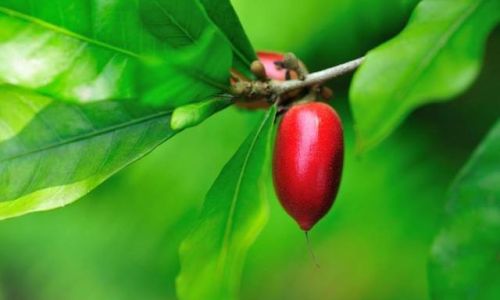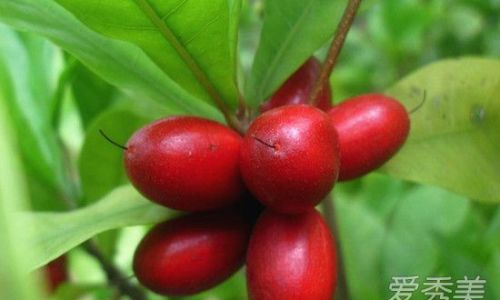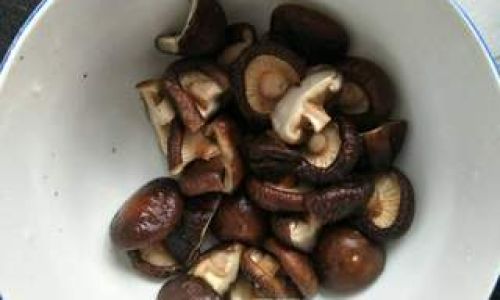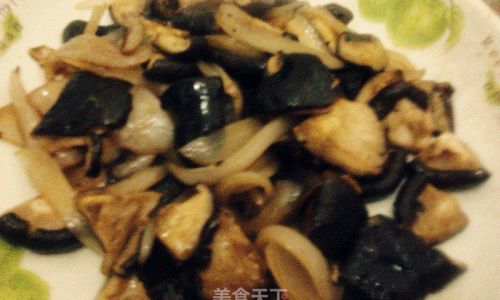In the vast tapestry of culinary wonders, few ingredients captivate the senses and defy conventional taste buds like the enigmatic miracle fruit (Synsepalum dulcificum). This small, red berry, native to West Africa, holds a unique and fascinating property: it temporarily transforms sour and acidic foods into sweet delights. This phenomenon, known as “taste modification,” has intrigued scientists, chefs, and food enthusiasts alike, prompting a closer examination of how to eat miracle fruit to fully appreciate its extraordinary effects.
Understanding the Miracle
Before diving into the culinary applications of miracle fruit, it’s crucial to understand its mechanism. The secret lies in a glycoprotein called miraculin, which is found in the pulp and skin of the fruit. When miraculin binds to taste receptors on the tongue, it alters the perception of sour flavors, making them taste sweet. This transformation is temporary, lasting anywhere from 30 minutes to two hours, depending on individual factors such as dosage and oral pH levels.
Miraculin’s discovery dates back to the early 20th century when researchers first noted the peculiar taste-altering effects among local tribes in West Africa who used the fruit to make sour foods palatable. Since then, scientific studies have confirmed its unique properties, paving the way for its exploration in various culinary contexts.

Selecting and Preparing the Fruit
To embark on your journey of eating miracle fruit, the first step is selecting ripe, high-quality berries. Ripe miracle fruits are typically bright red, firm to the touch, and slightly glossy. Avoid fruits with wrinkles, soft spots, or discoloration, as these may indicate over-ripeness or spoilage.
Preparation is relatively straightforward. Start by rinsing the fruit under clean, running water to remove any dirt or debris. Since the skin is edible and contains miraculin, there’s no need to peel it. However, some prefer to remove the seeds for a smoother texture. This can be done by gently squeezing the fruit over a bowl to separate the pulp from the seeds, although many enjoy the fruit whole.
The Art of Eating Miracle Fruit
Now, let’s delve into the various ways to enjoy miracle fruit, each offering a unique culinary experience.
The Pure Experience
For first-timers, the simplest approach is to eat the fruit on its own. Take a bite and allow the juices to coat your mouth. Notice the subtle, slightly tangy flavor of the fruit itself. As miraculin begins its work, you’ll soon find that subsequent foods and drinks take on a sweetened hue. This method serves as an excellent introduction to the miracle fruit’s capabilities.
Pairing with Sour Foods
The true magic of miracle fruit unfolds when paired with sour or acidic foods. Experiment with lemons, limes, vinegars, or even sour candies. Take a small bite of the fruit, wait a minute or two for miraculin to activate, and then taste your chosen sour item. The transformation is astonishing—lemons become lemon drops, vinegar tastes like a tangy sweet dressing, and sour candies transform into delightful sweet treats.
Beverage Alchemy
Miracle fruit also works wonders with beverages. Try sipping on a glass of lemonade, lime soda, or even vinegar-based drinks after consuming the fruit. The results are nothing short of mesmerizing, converting tangy beverages into refreshing sweet concoctions. For a more adventurous twist, mix a splash of vinegar with sparkling water and enjoy a unique, effervescent sweet drink that challenges traditional flavor profiles.
Culinary Creations
Chefs around the world have embraced miracle fruit, incorporating it into innovative dishes that push the boundaries of taste. Imagine a savory dish like ceviche, where the acidity of lime juice is balanced by the sweetening effect of miracle fruit, creating a harmonious blend of flavors. Or, how about a dessert that plays with the contrast between sour and sweet, like a sorbet paired with miracle fruit-infused syrup? The possibilities are endless, limited only by one’s culinary imagination.

Scientific and Health Considerations
While the culinary applications of miracle fruit are intriguing, it’s essential to consider its potential health implications. Miraculin is generally regarded as safe, with no reported adverse effects in moderate consumption. However, individuals with certain health conditions, such as diabetes, should exercise caution due to the fruit’s ability to alter taste perceptions, which could affect their ability to monitor their intake of sweeteners or carbohydrates.
Moreover, the long-term effects of regular miraculin consumption are not fully understood. While short-term use is enjoyable and safe for most, ongoing research is needed to explore any potential long-term impacts on taste buds or overall health.
Preserving the Magic
Fresh miracle fruits are perishable and should be consumed within a few days of purchase. To extend their shelf life, they can be frozen, preserving their miraculin content. Simply wash and dry the fruits, place them in an airtight container, and store them in the freezer. Frozen miracle fruits can be thawed slightly before use, though they may lose some firmness.
Conclusion
Eating miracle fruit is not just a culinary experience; it’s a journey through the realms of taste perception, where the boundaries between sour and sweet blur, creating new and exciting flavorscapes. From simple pairings with sour foods to elaborate culinary creations, the possibilities for exploration are boundless. As you embark on this taste-altering adventure, remember to approach it with curiosity, creativity, and a sense of wonder. For in the world of miracle fruit, every bite is a revelation, and every meal a testament to the extraordinary power of nature’s ingredients.
By understanding how to eat miracle fruit and embracing its unique properties, you can unlock a world of culinary delights that defy the conventional rules of taste. So, gather your ingredients, prepare your palate, and let the journey of taste modification begin.




0 comments